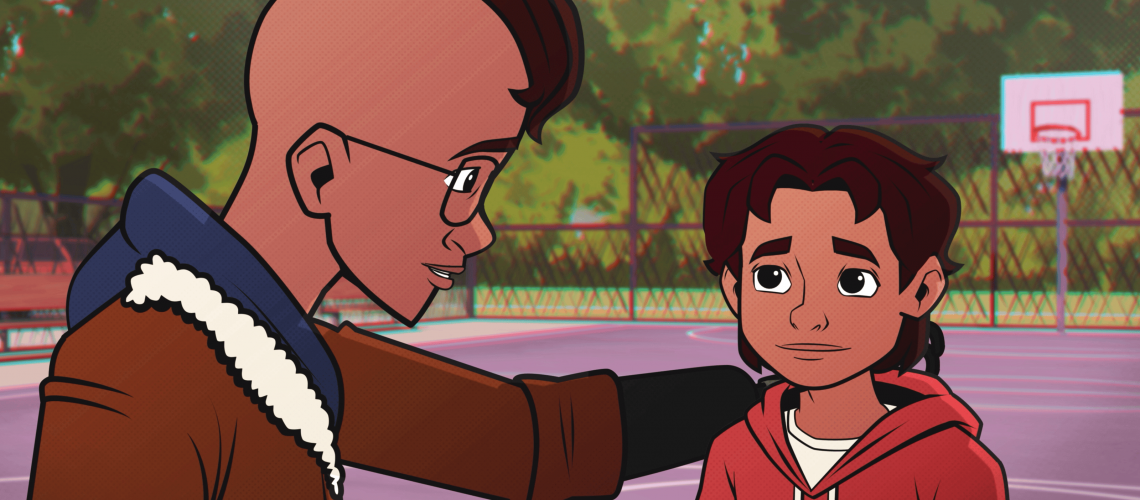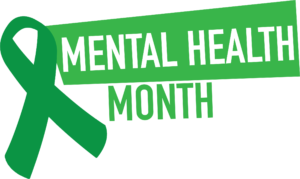By Scott D. Pierce | August 22, 2021
Using cartoons to try to help prevent suicide seems sort of, well, odd — at least at first glance. Even weirder? The man who ran the studio that birthed “The Simpsons” and “Rugrats” teamed up with a team of Utahns to create an animated series designed to provide support, get people talking and — ultimately — prevent suicides among teens.
Odd, perhaps. But it’s true — and it’s very much needed.
“Over the past 12 years, I’ve been trying to use animation as a vehicle to take on really hard problems,” said Terry Thoren, a longtime Hollywood animation executive. “We need to get people to talk. And so the idea behind this animation is that.”
Thoren was the CEO of Klasky-Csupo from 1994-2006, when it launched “The Simpsons,” “Rugrats,” “Wild Thornberries” and other shows that caught the imagination of generations of young people. Today, he and his current company, Wonder Media, are hoping to do the same with “My Life is Worth Living,” a series of animated shorts streaming free on YouTube.
“We know that we can’t solve the problems” singlehandedly, he said. “But we need to talk about them. We need to lift the taboo.”
His efforts got a huge boost from the Cook Center for Human Connections in Utah, founded and funded by doTerra cofounders Greg and Julie Cook. According to the center’s CEO, Anne Brown, all five of the Cooks’ children “had friends or classmates who had either attempted suicide or had taken their life by suicide — including one as young as 11 years old. And they thought: here’s this huge problem going on in Utah, yet it’s the hardest place to get funding for. And that really is what drove them to this cause.”
In Utah, suicide is the leading cause of death for people between the ages of 10 and 24. (Nationally, suicide is the second most common cause of death among this age group, after “accidental injury.”)
“And it’s just so unnecessary,” Brown said. “If we can have conversations and … it becomes normal to ask for help” then it won’t be “something that’s taboo.”
Turns out that Thoren and Brown had been friends for several years, and the Cooks quickly jumped on board when Brown presented them with the “My Life is Worth Living” project. Thoren had spent about $250,000 on pre-production, and the Cook Center kicked in $2 million to complete the animation and for distribution.
After talking with other streaming outlets, it’s on YouTube because it can be seen there for free — at YouTube.com/MyLifeisWorthLiving.
There are a total of 20 episodes that will roll out over the next few months, each about 4 minutes long.
“We put them in bite-sized chunks,” Thoren said. “We know that we would fail if we put out 20-minute episodes.”
The series covers five different four-episode story arcs, and the episodes are tied together by the presence of a young therapist, a YouTuber whose company is named My Life Is Worth Living — sort of a series within a series. The episodes deal with depression, trauma, sexual abuse, cyberbullying and substance abuse, and the goal is to get kids to watch with their parents — an excellent way to bring up hard topics surrounding suicide in a gentle way and spark conversations.
The creators want to be clear: this isn’t just a project for so-called “troubled teens.” It’s an effort to help all families on an issue that too often remains unseen and under-discussed. It’s appropriate viewing for kids and teens, who will learn without feeling like the message is pounding them over the head.
Kids, teens and adults can all learn how to spot early warning signs in the people they know — and what to do when they do to help.
“My Life” is already available in English, Spanish, Mandarin and Japanese, with more languages to come. “No episode is the end of the conversation,” Thoren said.
And that’s the point: if we just start talking — about our feelings, about depression and about suicide and suicide prevention — kids and adults will be more prepared to offer help when people need it most.



